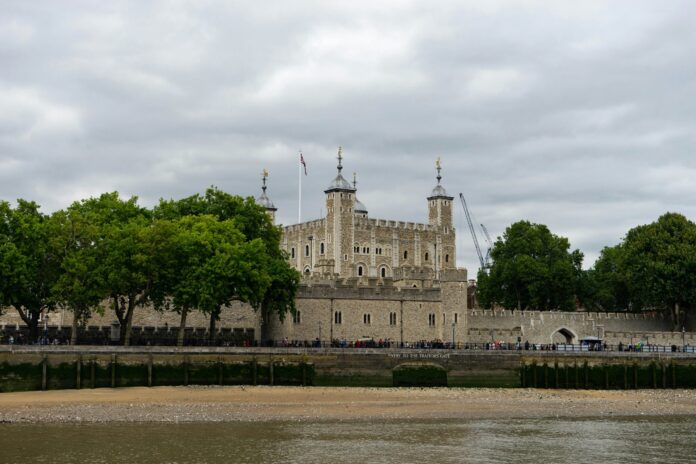Britain’s landscape is dotted with an array of captivating historical sites that offer glimpses into the nation’s storied past. Whether marveling at monumental stone circles, delving into royal intrigue, or tracing the footsteps of Roman soldiers, these historical sites provide captivating experiences that illuminate Britain’s rich and diverse heritage for visitors of all ages. From ancient ruins to majestic castles, here are three of the best historical sites in Britain.
Stonehenge
Standing as a timeless enigma on the Salisbury Plain in Wiltshire, Stonehenge is one of the most iconic and mysterious historical sites in Britain. Dating back over 4,500 years, this prehistoric monument consists of a ring of massive standing stones, some weighing up to 25 tons, arranged in a circular pattern. The purpose and construction techniques of Stonehenge continue to intrigue archaeologists and historians, sparking theories ranging from religious rituals to celestial alignments. Visitors can explore the site’s visitor center, which offers interactive exhibits and displays, and marvel at the awe-inspiring sight of Stonehenge itself, contemplating its enduring mysteries and significance in Britain’s ancient past.
Tower of London
Nestled on the north bank of the River Thames in central London, the Tower of London is a historic fortress and UNESCO World Heritage site that has played a central role in British history for nearly a millennium. Originally built by William the Conqueror in the 11th century, the Tower has served variously as a royal palace, prison, treasury, and armory. Highlights of a visit to the Tower include viewing the Crown Jewels, exploring the medieval White Tower, and discovering the Tower’s grim history as a place of execution and imprisonment. Guided tours led by the Yeoman Warders, or “Beefeaters,” offer fascinating insights into the Tower’s past, including tales of intrigue, betrayal, and royal intrigue.
Hadrian’s Wall
Stretching across northern England from the Solway Firth in the west to the River Tyne in the east, Hadrian’s Wall is a remarkable feat of ancient engineering and a testament to the might of the Roman Empire. Built by order of Emperor Hadrian in the 2nd century AD to mark the northern boundary of Roman Britain and defend against invading tribes from Caledonia (modern-day Scotland), the wall spanned approximately 73 miles and featured fortifications, milecastles, and turrets. Today, visitors can explore sections of the wall and its associated archaeological sites, including forts, temples, and settlements, offering insights into Roman military life and the cultural exchange between Romans and indigenous peoples.

